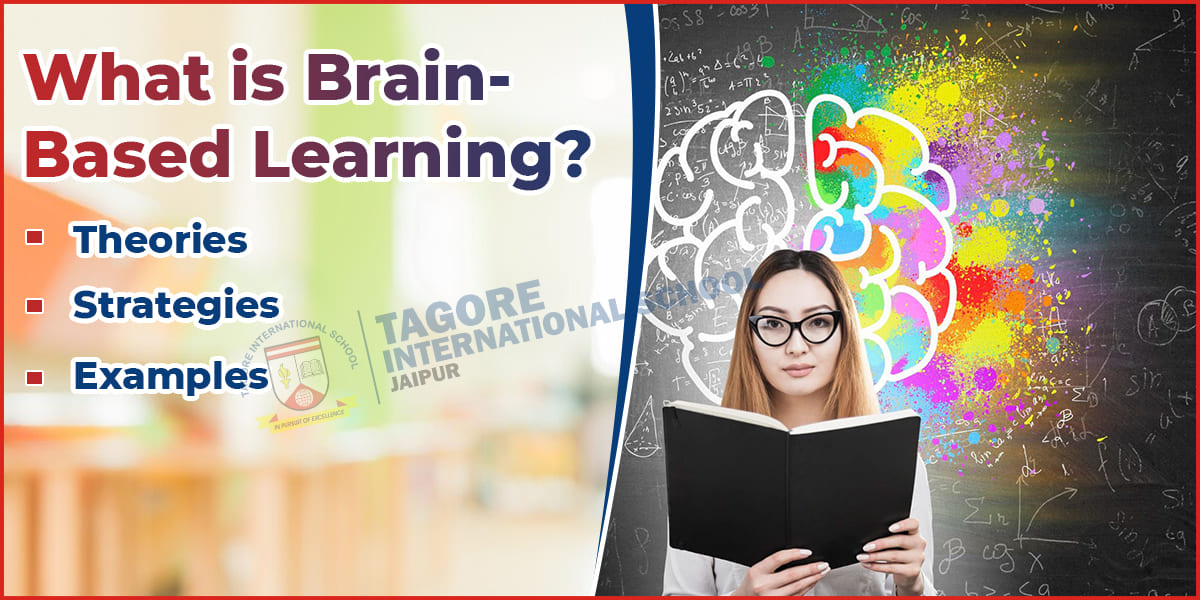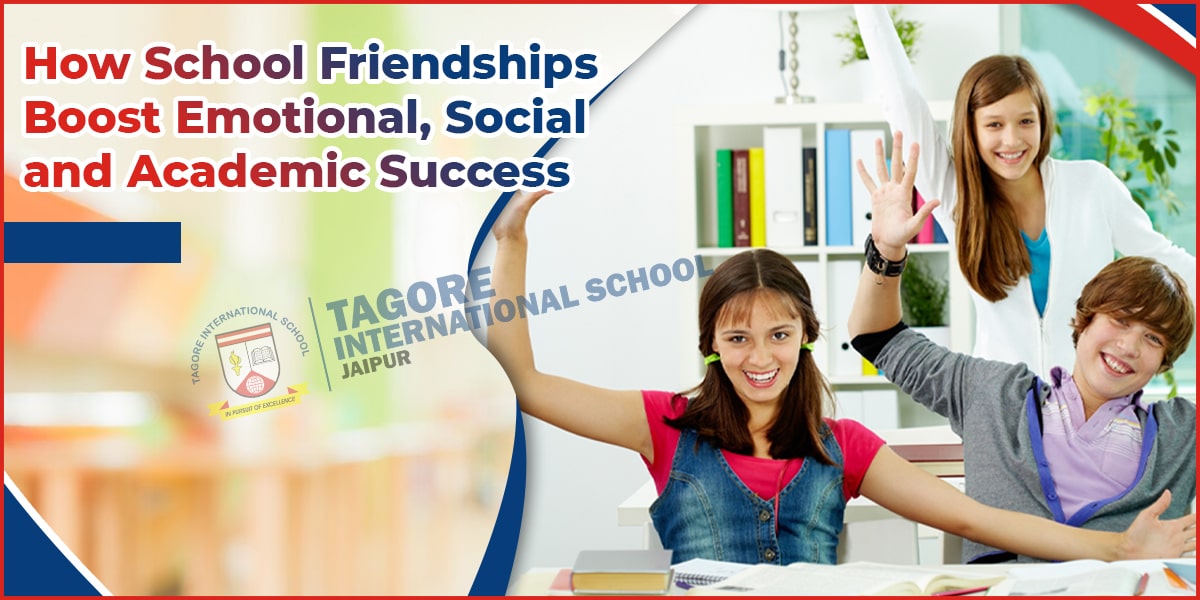With the fast-paced development in the educational sector, brain-based learning is crucial in processing and retaining information for extended periods. Understanding and memorising complex concepts is much easier for learners when using brain-based instruction. This article explores brain-based learning, examining theoretical perspectives, procedures, and examples that facilitate learning.
What is Brain-Based Learning?
Brain-Based Learning is a neuroscience that focuses on creating conditions that increase student retention and engagement by tapping into natural ways the brain receives, processes and stores the information. This approach works best in the classroom as it enhances student engagement, enabling them to learn more effectively by making complex things easy to understand, so that students perform well in the exams.
What are the Benefits of Brain-Based Learning?
Brain-Based Learning offers several benefits, like
- The main benefit of brain-based learning is that it reduces stress and anxiety in students.
- It enhances memory and retention.
- Brain-based learning is beneficial, as it enhances various skills, including creative and critical thinking.
- It supports different learning styles
- It develops lifelong skills
- It encourages participation in various activities.
You Can read also:- Why Is an Internship Important for Students?
What are the Key Principles of Brain-Based Learning?
The Brain is a Parallel Processor
The brain is capable of performing multiple tasks simultaneously and engaging information in a complex and interconnected way.
Learning Engages the Entire Physiology
Learning is not just a mental activity; it involves the whole body, which includes movement, sensory experiences, and physiological responses.
Learning Involves Both Conscious and Unconscious Processes
It is not solely dependent on the conscious process; our brain constantly processes both conscious and unconscious information.
What are the Different Theories of Brain-Based Learning?
The following are the essential brain-based learning theories that make learning effective.
Neuroplasticity Theory
Our brain adapts and learns new experiences; this is a concept known as neuroplasticity theory. At Tagore International School, the classrooms are designed to provide an interactive learning environment so that the students can learn to the best of their ability.
Multiple Intelligence Theory
We recognise that each student possesses unique abilities, with some excelling in mathematics and others in music and art. The school acknowledges this theory through various teaching methods like group discussions, creative projects, and participation in multiple sports activities.
You can read also:- Discover the Best Montessori School in Jaipur for Your Child's Bright Future
Constructive Learning Theory
Learning becomes more effective when it is based on real-life experiences. So, the school encourages students to get involved in experiments, projects, and practical applications of the concept that help students connect the classroom to the real world.
Emotional Learning Theory
Emotions, as studies reveal, are instrumental in learning. At our school, teachers foster a supportive learning environment in which each child feels safe to experiment with something new.
What are the Top 5 Brain Strategies?
Here are the top 5 brain-based learning strategies that must be implemented for a better learning experience.
Create a Positive Learning Environment
It is essential to create a positive learning environment so that the students feel safe and motivated to learn something new and different. This also helps engage students in activities such as group discussions and critical, creative thinking, enabling them to learn and perform to their best ability.
Teach Stress Reduction Techniques
Teachers should teach stress management techniques, such as deep breathing exercises and short guided meditations, to help students relax and refresh their minds, thereby increasing their concentration levels.
Movement Boosts Learning
Research shows that short breaks motivate students and increase their productivity significantly. So teachers must give short breaks during lessons.
Connect Lessons to Life
Students learn best when teachers connect lessons to life. When lessons are linked to real-life situations, they become more meaningful and easier to remember. The students can also apply knowledge gained from lessons to their real-life situations. This will help in decision-making.



